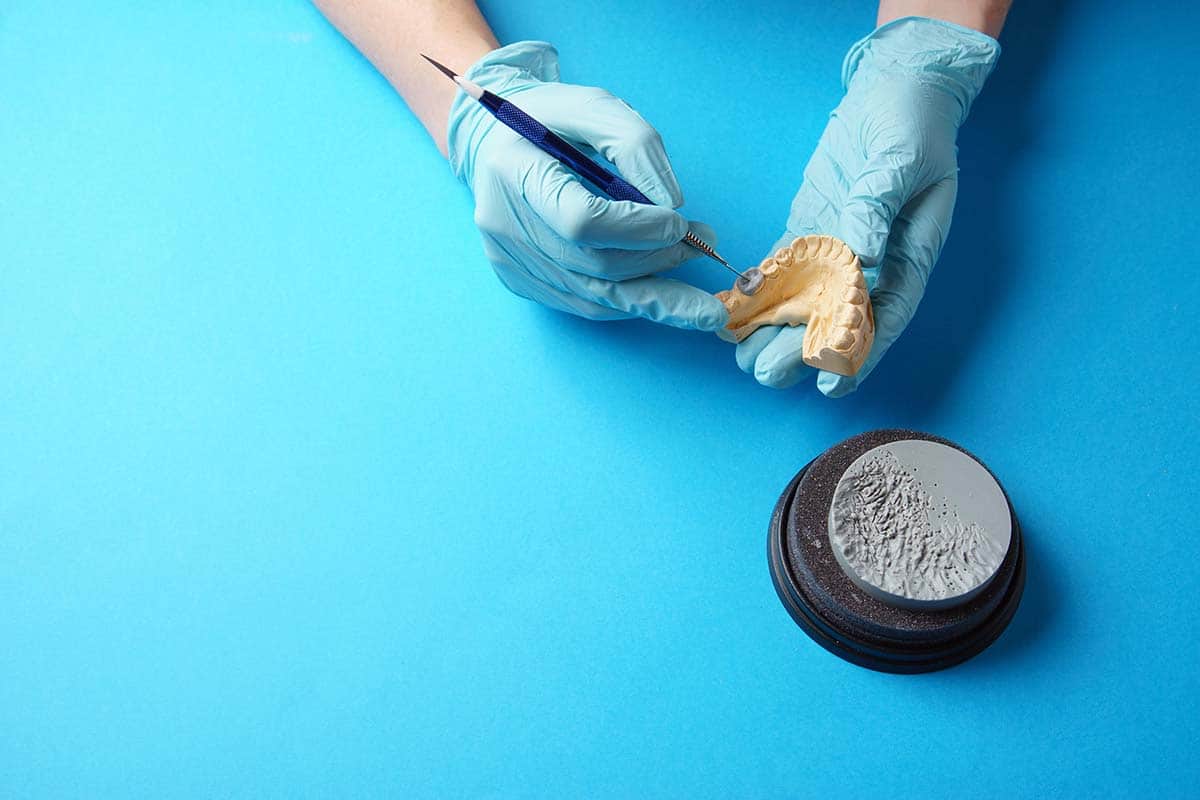New
Pediatric dental specialists now offering a free exam and x-rays PLUS 20% off treatment! Call 832-804-7427 to schedule now
Learn More
You will need to know how to use orthodontic wax if you ever have an emergency with your braces and if you can't wait until your next appointment. You can use orthodontic wax if you have a poking wire. You can also use it to reduce the movement of a loose bracket. Before you use wax for braces for a loose bracket, try to restore the bracket to its original position.
If the wire is causing you problems, contact your orthodontist to schedule an appointment; then, use the wax after pushing the wire flat against your teeth. To use orthodontic wax, take a tiny piece of wax that's the size of a pea. Soften and warm it between your thumb and your forefinger. Push the wax against the bracket or wire that's out of place.
Maintaining your orthodontic braces is important because braces treat many conditions. When you have too many teeth or teeth bigger than the available jaw space, you have crowding. Crowding makes it more difficult to ensure a healthy mouth. Children may grow up with an open bite because of excessive thumb sucking or pacifier use. An open bite can lead to speech and eating problems.
Braces solve the cosmetic problem of a mid-placed midline, which is when there is a misalignment at the center of the upper and lower teeth. An underbite may cause jaw pain. This is a condition in which the lower jaw's teeth protrude past the upper jaw. Many people are familiar with having the opposite condition, an overbite. This can also lead to jaw pain. Inconvenient spaces between teeth are minor cosmetic concerns that dentists can fix with braces. Braces also relieve stress to the jaw bone when a crossbite is an issue.
There are four types of brace treatments available for children, teens, and adults. These include traditional braces, ceramic braces, and clear aligner trays. You can learn how to use orthodontic wax for each of these types if necessary. Traditional braces are not the social nightmare that they used to be. They're more comfortable and smaller than previous versions. Children will enjoy personalizing their stainless-steel wire braces with colorful rubber bands.
Ceramic braces are preferable for older patients. Although more than 20% of adults over the age of 21 get braces, some adults are uncomfortable with the visibility of traditional braces. Ceramic braces are bigger and more fragile than metal braces, so they require more care.
The gold standard of orthodontic treatment is clear aligner trays. Clear aligners are a transparent teeth-straightening method that you will need to change regularly. Even so, you'll only have to visit the orthodontist every six weeks. Clear aligners are used to treat the same conditions that traditional braces usually treat. You can remove your clear aligner trays when you want to brush your teeth or eat. The aligners themselves are constructed of a durable material that has shown repeated clinical success.
Before choosing clear aligners, make an appointment with your orthodontist. We'll perform a 3D X-ray of your teeth and create a treatment plan. While you can briefly remove your aligners, they should be in for at least 20 hours a day. After the treatment is over, we will fit you for a Vivera retainer, which is also transparent. The retainer is made of the same material as your clear aligner trays.
Whether you're making an appointment for emergency treatment or would like to correct your smile when you need an orthodontist, contact Lovett Dental online or call us at 832-804-7427.
Lovett, Splendid & Haven Dentistry
Dental Offices in TX